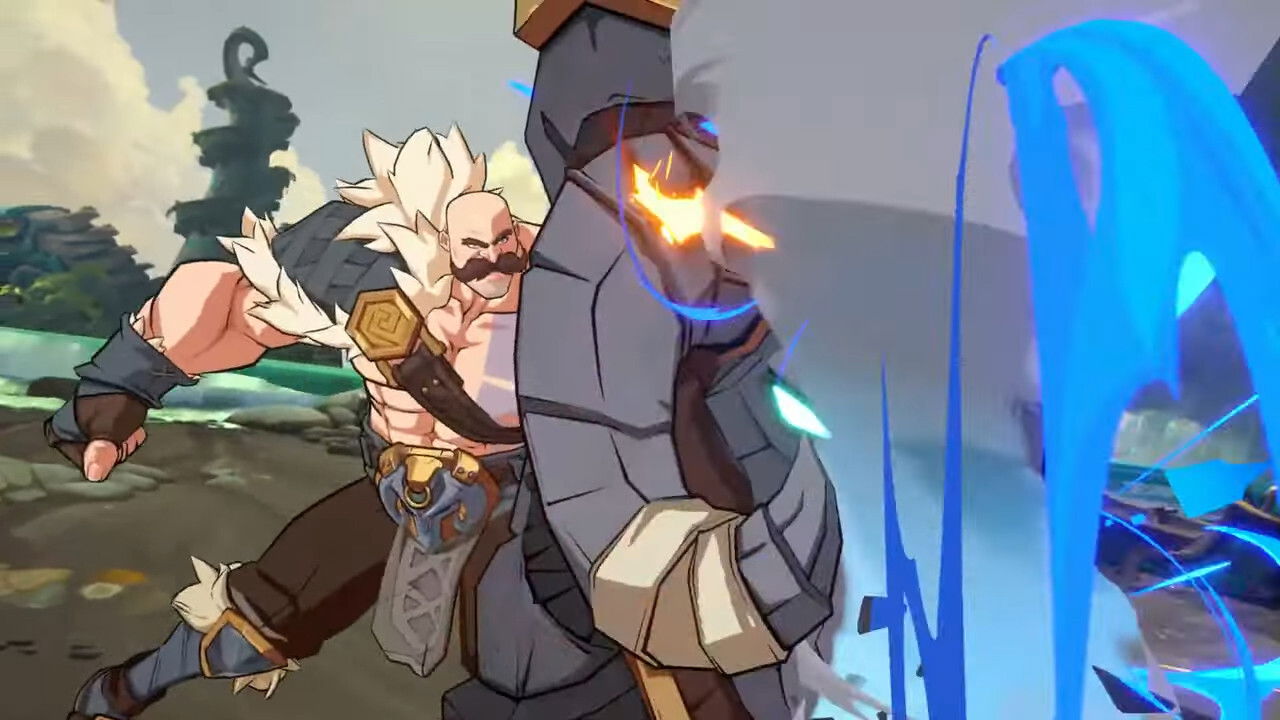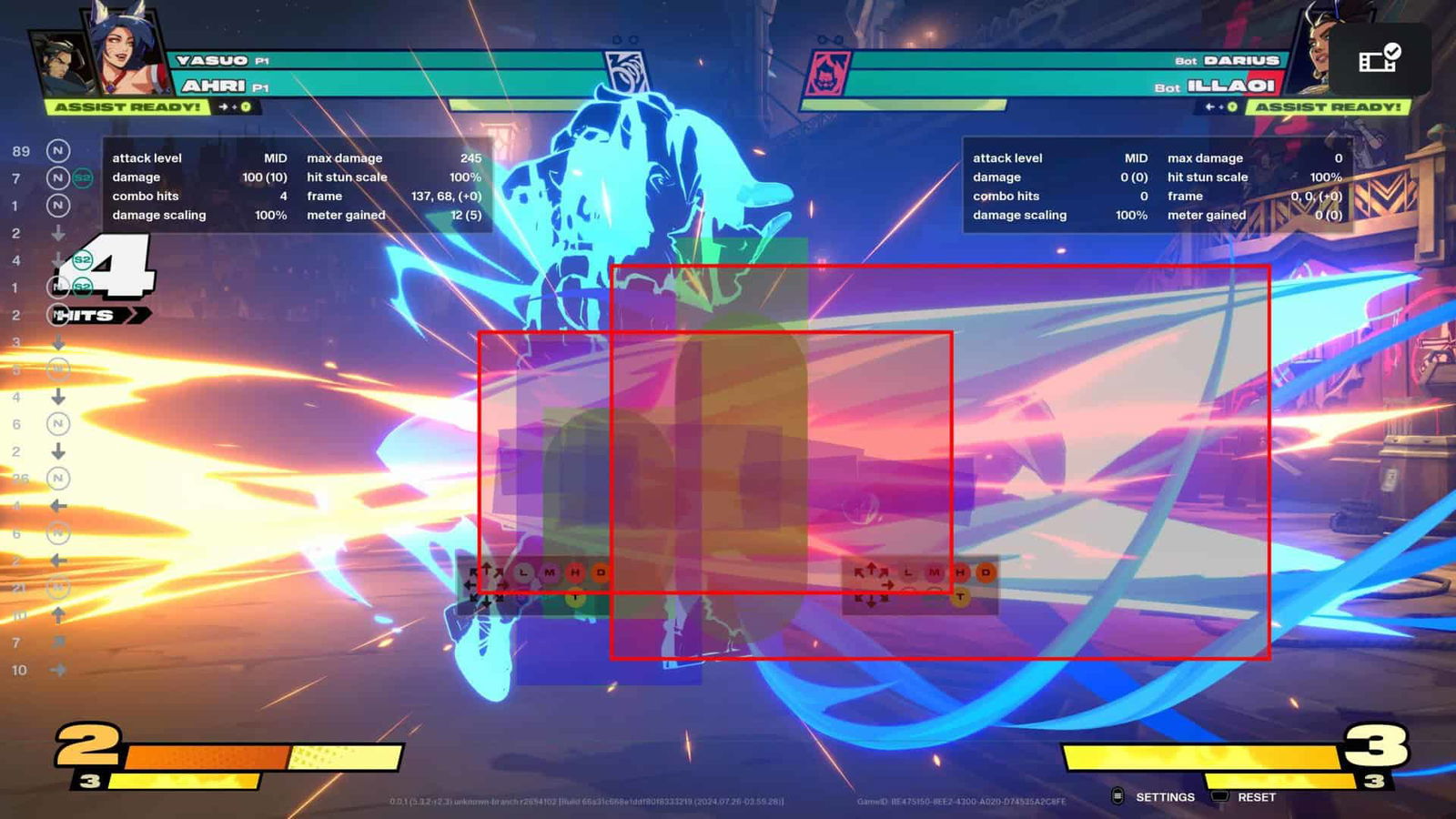Riot Games has brought out the League of Legends fighting game – 2XKO – in the form of a beta called Alpha Lab this month. The term is not used loosely because of what it is for 2KXO. It does give the players at home a chance to try this game out if they are not able to in person at both Evos and other tournaments. They – and a friend via the free code given – can get scrapping in the land of Runeterra in no time.
Visually, 2XKO captures the aesthetic perfectly, with vibrant backgrounds that always have something dynamic happening in them. The characters have undergone either costume redesigns or facelifts from their League of Legends counterparts, giving them a fresh look. The demo includes the Tutorial, Casual Lobby, Practice modes, and even an Avatar editor. The Practice mode comes with useful features like hit and hurtbox displays. For AI opponents, there’s not just a standard difficulty setting, but adaptive levels that adjust based on the bot’s stance—whether it’s defensive or offensive.
The initial six characters are included, each with their archetypes clearly displayed in the menu. I spent most of my time with Ahri and Yasuo. Ahri excels as a rushdown fighter with strong spacing control, while Yasuo’s blade gives him a formidable edge even at a distance. Other characters in the demo include Braum, Darius, Echo, and Illaoi. While their archetypes might overlap, each character feels distinct thanks to their unique toolsets.


2XKO’s difficulty ceiling is quite high. It features a control system similar to Power Rangers: Battle for the Grid, using directional inputs combined with action buttons for specials and supers. However, the game is packed with complex mechanics that take time to master. The tutorial feels a bit underdeveloped, leaving out key mechanics like Parries and Escapes, which are tucked away in the character command lists under Unique Actions. There’s a lot to absorb here. I found myself relying on Riot Games resources, YouTube tutorials, and plenty of lab work to understand things that could have been explained more clearly in a few tutorial missions. While not as daunting as some of the more complex fighting games, 2XKO requires a moderate level of comprehension to effectively utilize the more advanced Fuses, which demand quick reflexes. Combos can reach high counts, and the developers are currently working on balancing this. Almost everything in the game is “off the ground” friendly, adding another layer to its depth.
The button layout attempts to compensate by incorporating combinations for actions like Dashing, but this can become cumbersome during the fast-paced gameplay. If you choose to remap the controls, you’ll need up to eight buttons, which may pose challenges for arcade stick players. While Parry, Backward Dash, and Dash can be mapped to two buttons under Unique Actions, this setup may not be as effective in the heat of battle. Adding in throws only complicates things further, turning remapping into more of a chore. I often found myself needing to recalibrate my fingers whenever I got in close, with teching also becoming a concern. The core controls—three attacks, two specials, and a tag—are manageable, but if you count the shoulder buttons, keeping track of everything at 2XKO’s speed can be tricky. Despite using a Fighting Commander Octa, my biggest gripe with the game is keeping up with the button mapping during intense moments.

Parrying in 2XKO costs a portion of the Super Bar if you miss, as does the Push Block, so the game rewards aggressive play more than defensive tactics. However, Push Blocking does reset the player’s stance to neutral. A successful parry against an aerial attack causes a stun, which makes it more appealing to focus on defense at the right moments. The parry window is fairly generous, potentially incentivizing a more defense-oriented strategy. Currently, the damage output feels a bit too high, but that might be adjusted in future builds.
Since this is an early build of 2XKO, there are a few technical bugs. For example, after a match, when returning to the lobby, the Friends list randomly opens. If player avatars are near a screen, that screen becomes visible during the transition between runback matches, with nothing else displayed. The button layout screen could be more user-friendly, as it requires remembering inputs like “GAMEPAD FACE BUTTON LEFT,” which isn’t intuitive. I’ve encountered a few laggy matches and occasional disconnects, though they’ve been rare. The most serious issue has been exiting lobbies, which sometimes leads to an error screen.
One feature I didn’t get to fully explore is the 2v2 mode. I did experience a lot of 1v2 situations, where I was at a disadvantage, but it was still just as fun.
Despite its unusual name, 2XKO is off to a promising start. With the full launch set for 2025, it’s definitely something to keep an eye on. The community feedback so far has been largely positive, which is encouraging.



